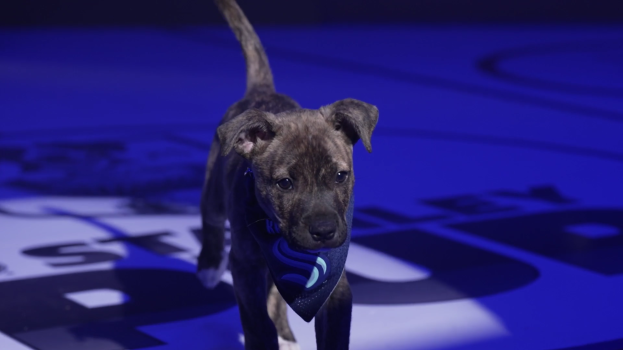Brands would benefit if they moved past engaging with interest-based communities to instead focus on those that are more values-based, according to Sid Lee’s 2021 Belong Index.
With support from Angus Reid, the agency’s research explored consumer sentiments about sense of place, community and belonging, and how that influences their motivations for seeking out specific brands. This is the first iteration of the Index, surveying 8,000 Gen Z and young millennials across the U.S., Canada, the U.K. and France.
The Index reveals that what we think of as “community” is typically organized around people (family, ethnicity, beliefs), place (geography) and interests (lifestyle/entertainment/values).
If Gen Z and young millennials feel a connection to the community, they also feel connected to the brands associated with it. In fact, 77% say that brands linked to their communities reflect their own identity.
Sid Lee further subdivided communities into family-based, lifestyle-based, work-based and interest-based. And of these community sub-types, people are actually least likely to derive a personal identity from interest-based communities – ones based around things like entertainment and sports, which Sid Lee dubs “instant gratification.” People are also least likely to derive their identity from these kinds of communities, or feel they have a voice or sense of unity.
Andy Bateman, CEO of Sid Lee for the U.S., tells strategy that, by contrast, values-based communities are actually the most engaged, the most powerful and most mobilized. And despite pushes behind cause- and purpose-based marketing in recent years, that’s still the white space for Gen Z and young millennials, as these values-based communities also have fewer brands associated with them (34%, versus 54% for interest-based communities).
Sid Lee advises that, in whichever communities a brand chooses to participate in, it must continue to listen, be ever more transparent and open to amplifying the group identity.
Bateman tells strategy brands that authentically participate in such communities and give them agency are successful ones, as there is a direct correlation between that activity and brand advocacy: the Index reveals that if a brand is connected to its community, 79% of consumers would participate in an initiative, and 90% would try to get others to join.
Brands can help these communities feel empowered by working on a common goal or sharing content from the group, but they should also consider in-person experiences or discussion boards.
Bateman warns that the language brands use to think about themselves is typically around owning and control, like “my position in the market” or “attributes I own.” But this terminology doesn’t work in the context of a community, which are naturally occurring, not manufactured in a board room. “Our job is to participate alongside them,” he says.
Sid Lee’s Belong Index also offers a ranked list of 10 brands that most effectively engage with Gen Z communities. This year’s leading brands are Peloton, Roblox, Patagonia, Ethereum NFT, Telfar, Nike, Disney, Marvel, Depop and Decathlon.
Patagonia, the report says, has always positioned itself around being more than a clothing brand, and campaigns like “Don’t Buy This Jacket” and other initiatives that have brought its environmental mission to life. The launch of their digital platform, Patagonia Action Works, allows users to volunteer skills and time, sign petitions, discover events and donate money to local causes.
And similarly, Bateman says that gaming platform Roblox succeeds because rather than simply being a distributor, they’re open to co-creation.
























